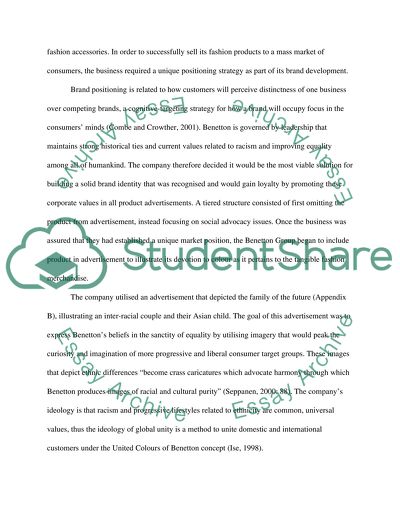Cite this document
(“Defining the brand identity of Benetton:Semiotic analysis of company Essay”, n.d.)
Retrieved from https://studentshare.org/marketing/1393594-defining-the-brand-identity-of-benettonsemiotic-analysis-of-company-advertisements
Retrieved from https://studentshare.org/marketing/1393594-defining-the-brand-identity-of-benettonsemiotic-analysis-of-company-advertisements
(Defining the Brand Identity of Benetton:Semiotic Analysis of Company Essay)
https://studentshare.org/marketing/1393594-defining-the-brand-identity-of-benettonsemiotic-analysis-of-company-advertisements.
https://studentshare.org/marketing/1393594-defining-the-brand-identity-of-benettonsemiotic-analysis-of-company-advertisements.
“Defining the Brand Identity of Benetton:Semiotic Analysis of Company Essay”, n.d. https://studentshare.org/marketing/1393594-defining-the-brand-identity-of-benettonsemiotic-analysis-of-company-advertisements.


